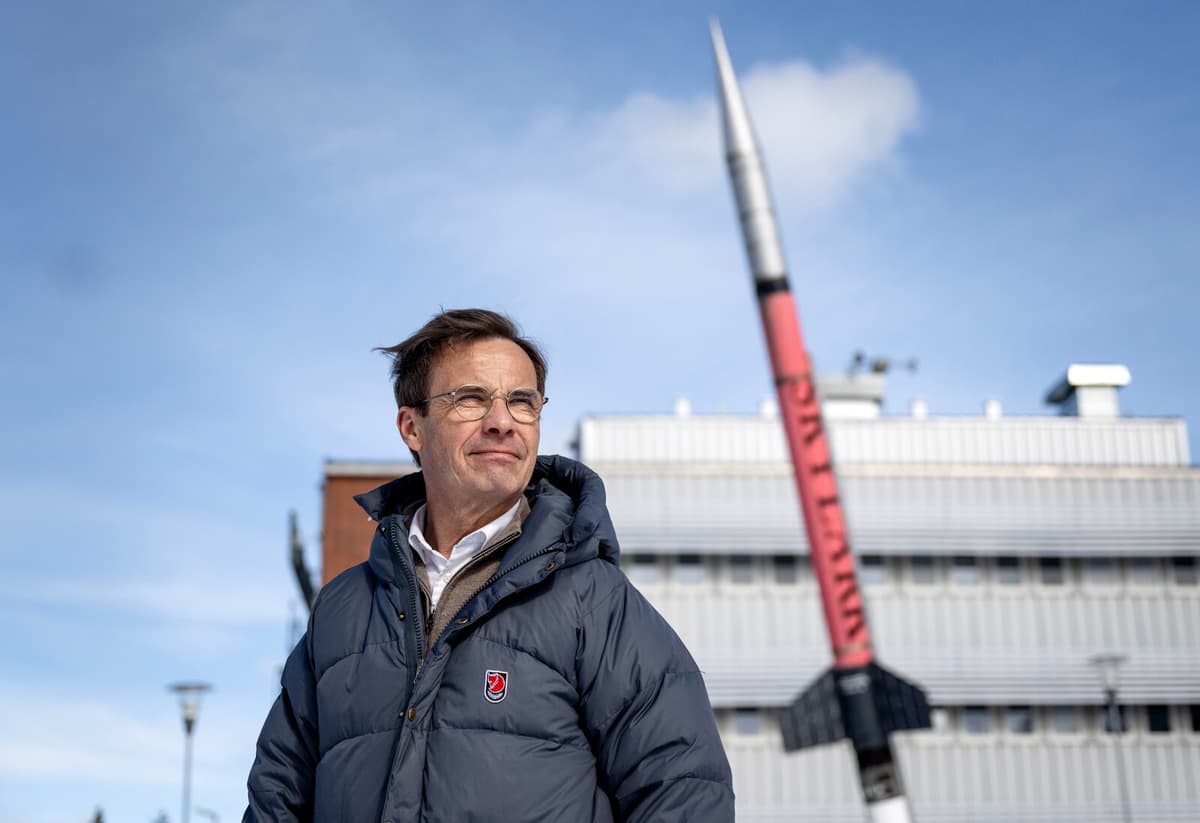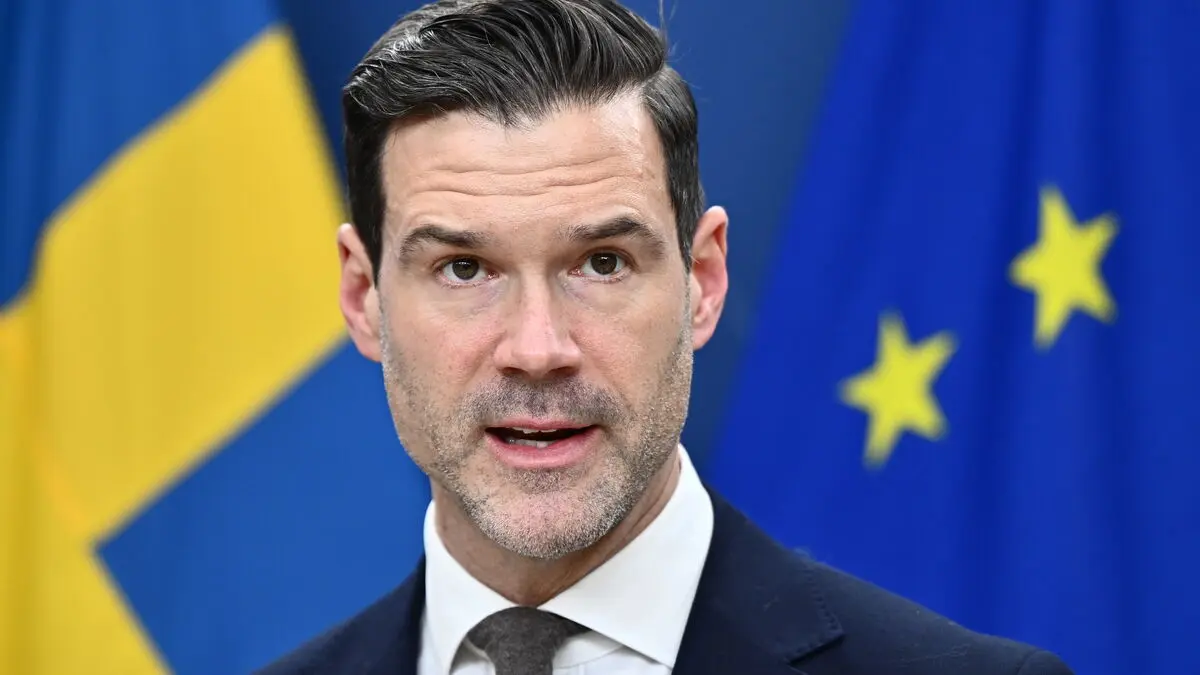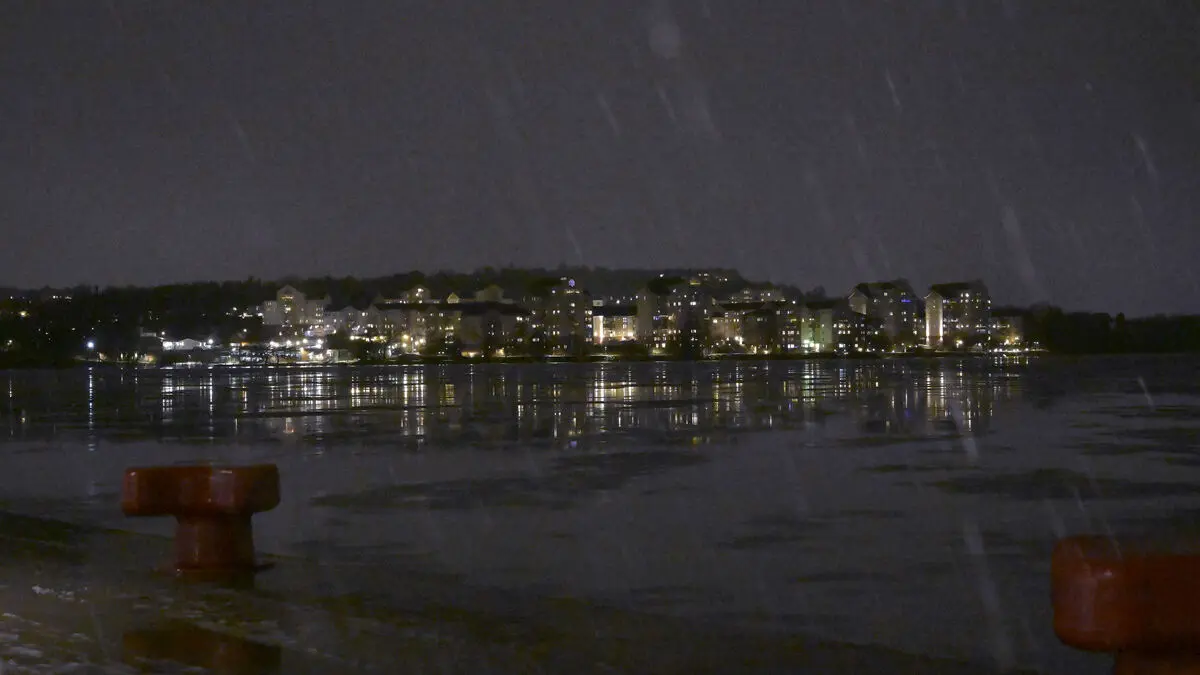About four miles east of Kiruna, far from urban areas, lies Esrange, Sweden's only space base. From here, two types of spacecraft are launched today – sounding rockets and stratospheric balloons.
The facility is operated by the space company SSC, which has, among others, the European space organization ESA and private companies from the USA as customers.
The USA is one of the leading countries when it comes to all space technology, but we shouldn't be shy ourselves. One of many reasons to develop a Swedish capability is to make us more independent, says Ulf Kristersson.
Race with Norway
Recently, a satellite-carrying rocket was launched from the Andøya base in northern Norway. It was described as Sweden losing the space race against Norway, since the German company Isar Aerospace, which made the launch, had conducted test launches from Esrange.
But Charlotta Sund, CEO and group manager at SSC, doesn't see it as a failure.
I would say that we have good cooperation with Norway and we have different strengths. Of course, it's a market, but I think we benefit from each other. The space industry is not that big and my image is that it's very friendly, she says.
The reason no satellite-carrying rocket has yet been launched from Esrange is, among other things, due to delays from the South Korean rocket supplier that was supposed to be the first out. Now, SSC is working with the American supplier Firefly.
When it comes to space, we're talking about long time horizons. But I think we'll have the opportunity to launch satellites from here in a few years, says Charlotta Sund.
The Government Invests
Examples of what has been launched from Esrange include stem cells to study how they react in zero gravity.
Last autumn, the government decided to allocate one billion kronor to the Swedish Armed Forces until 2032 to develop their space capability. This includes, among other things, building out the infrastructure at Esrange and enabling the launch of multiple satellites into space.
Sweden has long had a strong position and now it's about maintaining and developing it. Space is incredibly important and growing in significance, says Ulf Kristersson.
Esrange has been in operation since 1966. The Swedish Space Corporation (SSC) took over the facility in 1972.
The facility is currently used, among other things, by researchers to launch sounding rockets for microgravity and atmospheric research, as well as high-altitude balloons for astronomy, atmospheric research, and re-entry tests of space and aircraft.
Esrange also houses one of the world's largest civilian satellite ground stations.
From Esrange, two types of spacecraft are launched: sounding rockets and stratospheric balloons. Sounding rockets are launched into the upper atmosphere, up to 900 kilometers high, to make measurements on site and/or fall back down in zero gravity to perform zero-gravity experiments. The name sounding rocket comes from the fact that they originally probed the atmosphere.
Examples of scientific experiments that have been tested include stem cells sent up in zero gravity.
Source: The Swedish Space Agency, SSC





